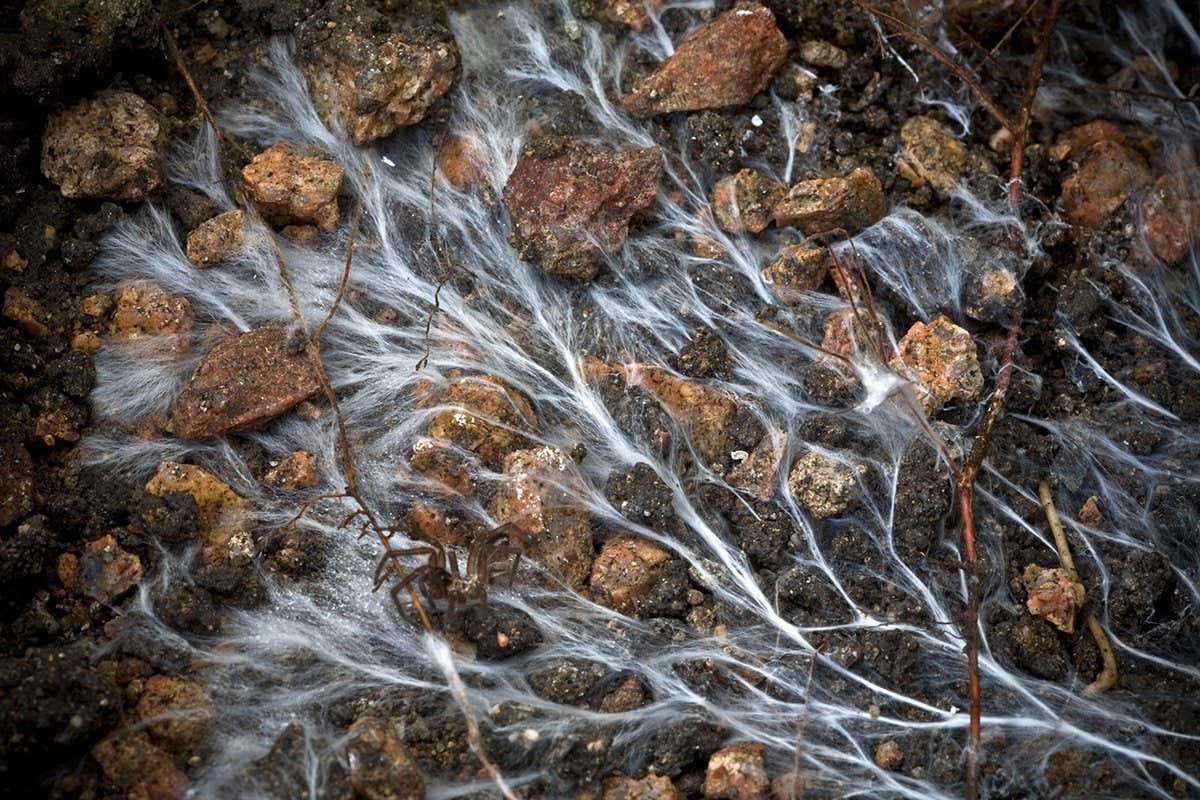Wild Fungi: Nature's Carbon Capture Solution for Trees
Introduction:
The fight against climate change requires innovative solutions, and a surprising ally is emerging from the forest floor: wild fungi. These often-overlooked organisms play a crucial role in the carbon cycle, acting as nature's own carbon capture technology, particularly benefiting trees. This article delves into the fascinating world of mycorrhizal fungi and their vital contribution to combating climate change.
Understanding Mycorrhizal Fungi and their Symbiotic Relationship with Trees:
Mycorrhizal fungi form symbiotic relationships with the roots of most plants, including trees. This relationship is mutually beneficial: the fungi extend the reach of the tree's root system, improving access to water and nutrients like phosphorus and nitrogen. In return, the tree provides the fungi with carbohydrates produced through photosynthesis.
- Enhanced Nutrient Uptake: Mycorrhizal networks act as a vast underground highway, transporting nutrients from areas of abundance to areas of need. This improved nutrient uptake promotes healthier, faster-growing trees.
- Drought Tolerance: The extended root system facilitated by fungi enhances the tree's ability to access water, making it more resilient to drought conditions.
- Disease Resistance: Some mycorrhizal fungi produce antibiotics that protect trees from pathogens, further strengthening their resilience.
The Role of Fungi in Carbon Sequestration:
Beyond nutrient exchange, mycorrhizal fungi play a significant role in carbon sequestration. They achieve this through several mechanisms:
- Direct Carbon Storage: Fungi store a considerable amount of carbon in their vast underground networks of hyphae (thread-like structures).
- Enhanced Soil Carbon: Mycorrhizal fungi improve soil structure, enhancing its ability to retain carbon. They do this by binding soil particles together, creating stable aggregates that are less susceptible to erosion.
- Increased Tree Growth: By improving tree health and growth, mycorrhizal fungi indirectly contribute to increased carbon sequestration by the trees themselves. Larger trees store more carbon.
Protecting and Promoting Wild Fungi for Climate Change Mitigation:
Protecting and promoting the health of mycorrhizal fungi is crucial for maximizing their carbon sequestration potential. This can be achieved through:
- Sustainable Forestry Practices: Avoiding deforestation and implementing sustainable logging techniques minimizes disruption to fungal networks.
- Reduced Pesticide Use: Pesticides can harm mycorrhizal fungi, reducing their effectiveness. Minimizing pesticide use is crucial for preserving these vital organisms.
- Soil Conservation: Protecting soil health through practices like no-till farming and cover cropping promotes fungal growth and biodiversity.
- Research and Monitoring: Further research is needed to fully understand the complex interactions within mycorrhizal networks and develop strategies for optimizing their carbon sequestration capabilities.
Conclusion:
Wild fungi, particularly mycorrhizal fungi, represent a powerful, natural solution for carbon capture and climate change mitigation. By supporting their growth and protecting their habitats, we can harness the power of nature to help combat climate change and build a more sustainable future. Investing in research and implementing sustainable practices that support fungal biodiversity are crucial steps towards achieving this goal.
Keywords: Wild Fungi, Mycorrhizal Fungi, Carbon Capture, Climate Change, Carbon Sequestration, Sustainable Forestry, Soil Health, Tree Growth, Environmental Sustainability, Nature-Based Solutions.
Further Reading:
- [Link to a relevant scientific article on mycorrhizal fungi and carbon sequestration]
- [Link to a reputable organization working on forest conservation]
Call to Action: Learn more about the importance of mycorrhizal fungi and consider supporting organizations dedicated to forest conservation and sustainable land management. Every small step counts in the fight against climate change.

